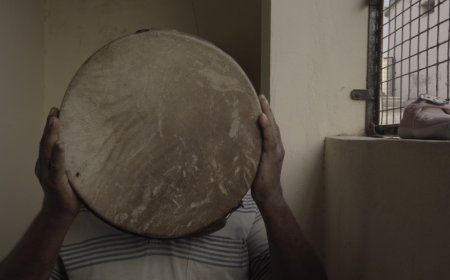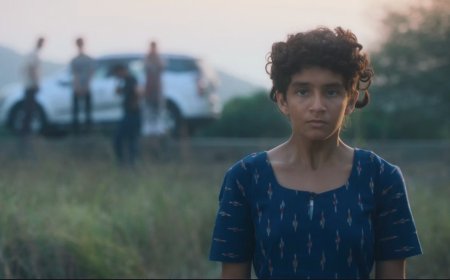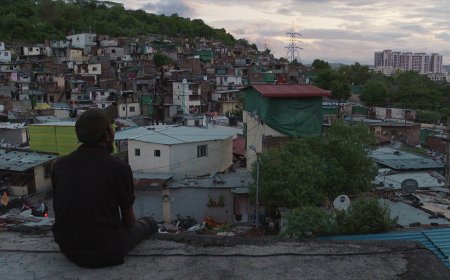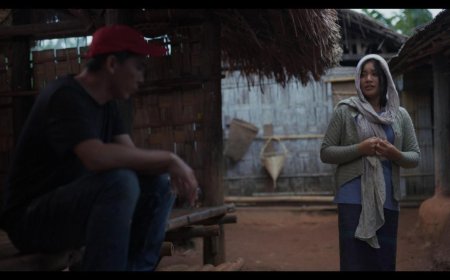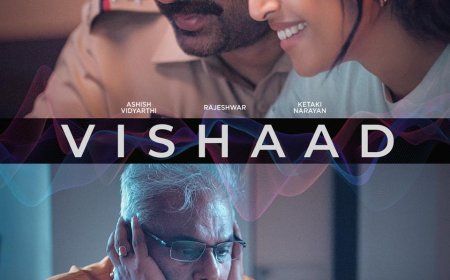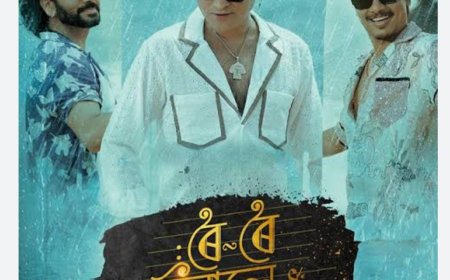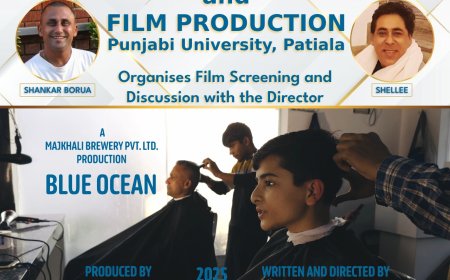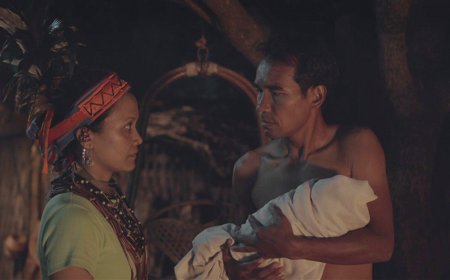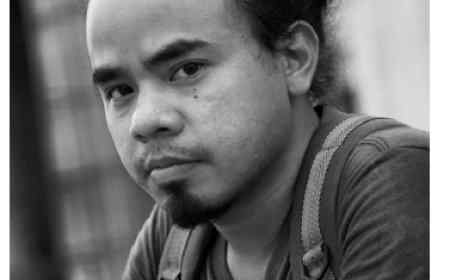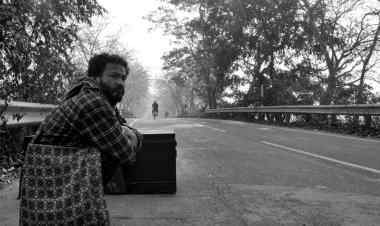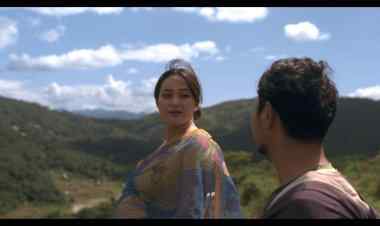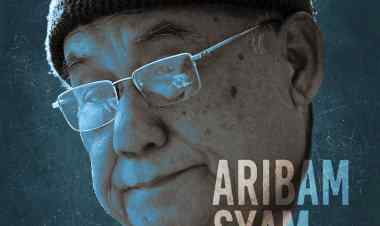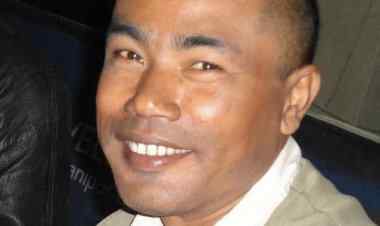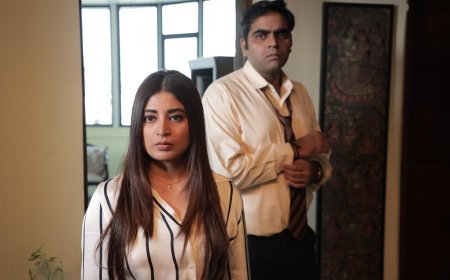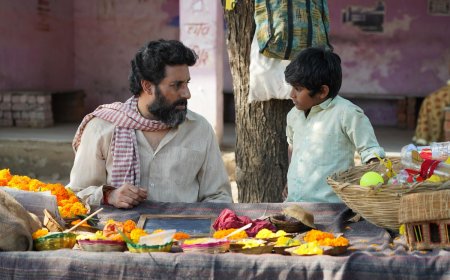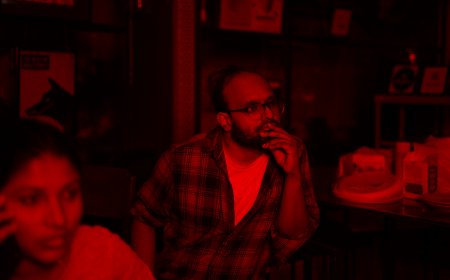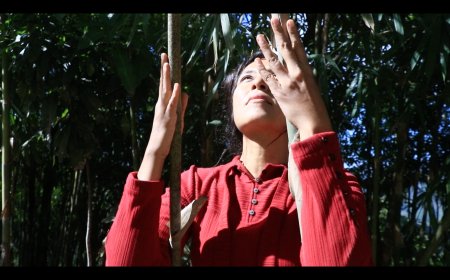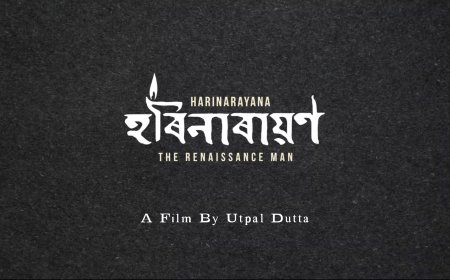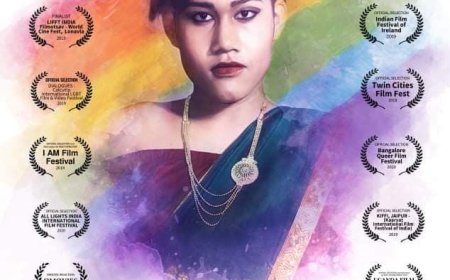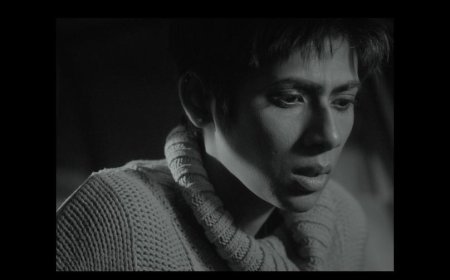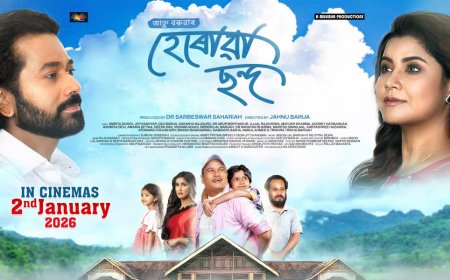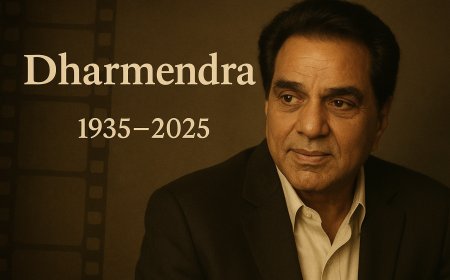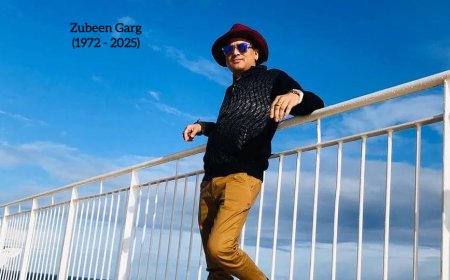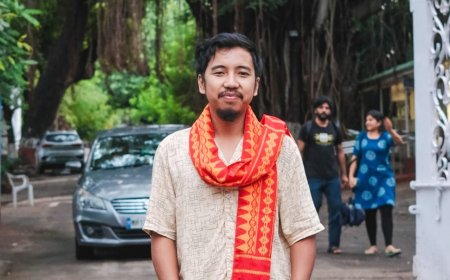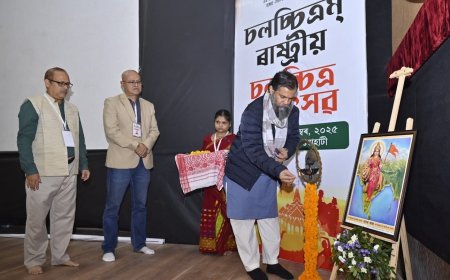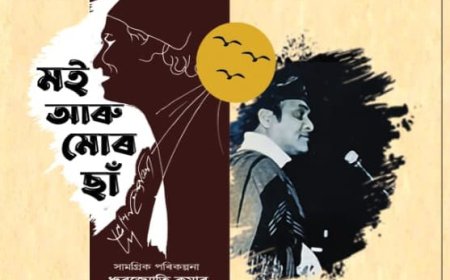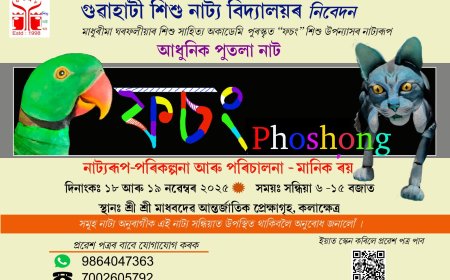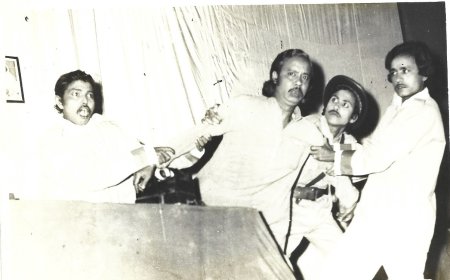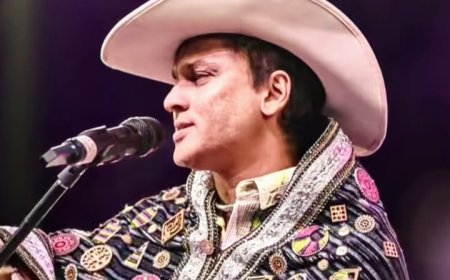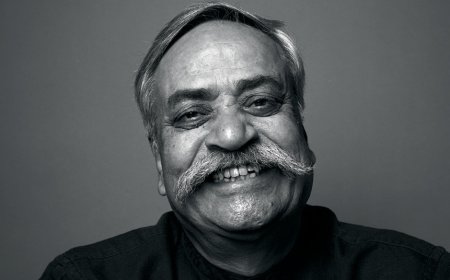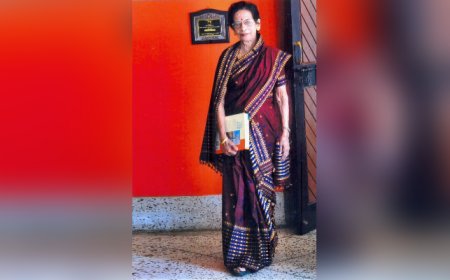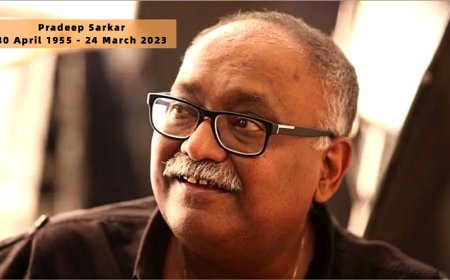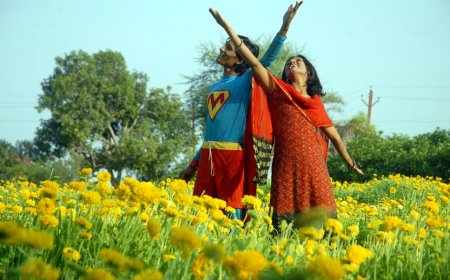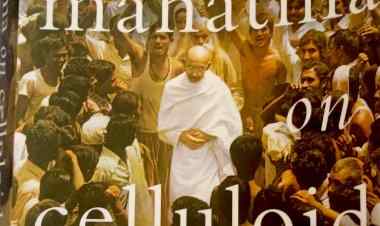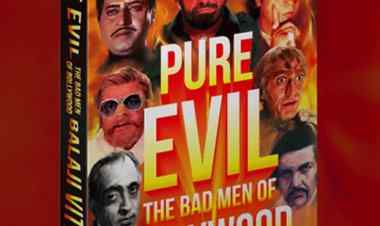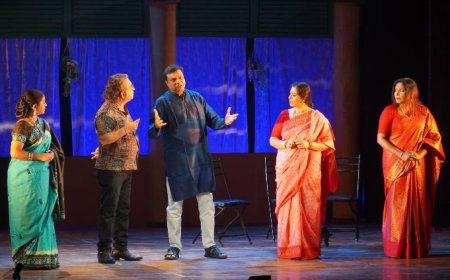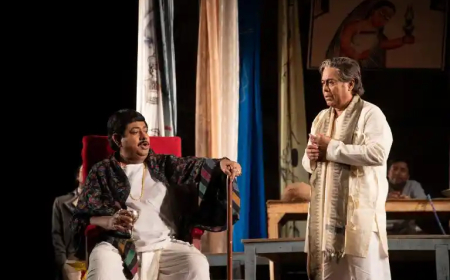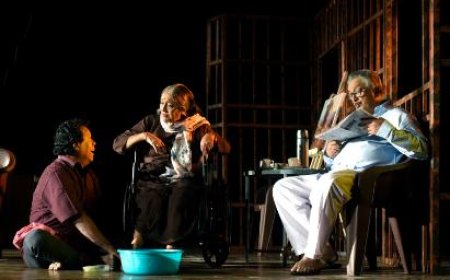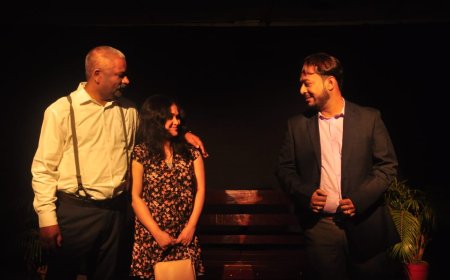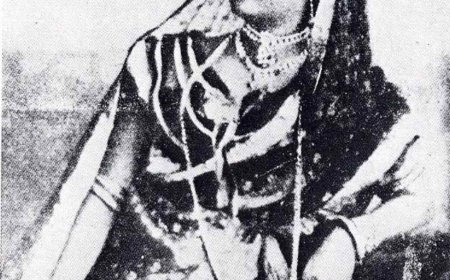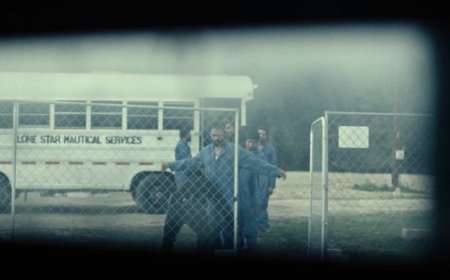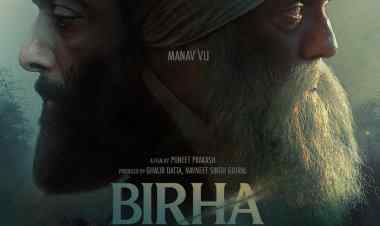Review SHOTYI BOLE SHOTYI KICHU NEI SRIJIT MUKHERJEE’S BEST FILM TO DATE
Dr.Shoma A Chatterji provides an in-depth review of Srijit Mukherjee’s film Shotyi Bole Shotyi Kichu Nei, an adaptation of Ek Ruka Hua Faisla, exploring its unique narrative, character dynamics, and cinematographic innovations.
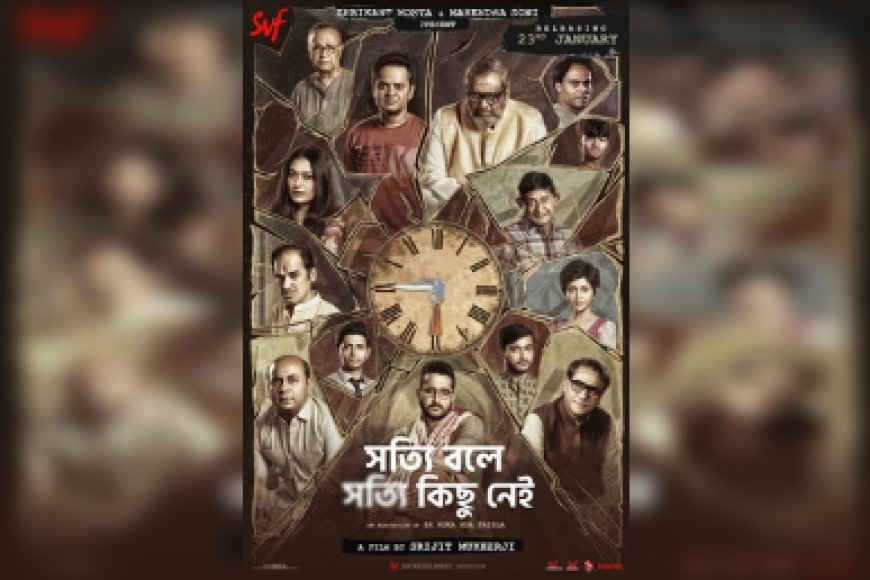
We generally tend to overlook the basic difference between literature and its adaptation on celluloid. This lies in the physicality of the celluloid interpretation vis-à-vis the lack thereof in literature. Literature gives the reader the freedom to imagine how the characters and the objects would actually look in real life. But cinema needs to invest characters and objects with three-dimensional physicality, thereby restricting the viewer’s imaginative freedom.
But Srijit Mukherjee’s latest film, Shotyi Bole Shotyi Kichu Nei is not just an adaptation directly from a literary piece. This is a ‘translated adaptation’ several times over. Originally, it is rooted in the 1954 teleplay called 12 Angry Men by Reginald Rose. In 1957, Sidney Lumet directed a film on this teleplay with the same title. Because it was shot entirely in a closed room, the director had to rely on many cinematographic and editorial innovations and inventions to capture the expressions, body language and movements of the twelve actors who peopled the play within a closed room with its claustrophobic ambience. Mukherjee, who comes from a serious background in theatre, had himself directed adapted Twelve Angry Men, naming it Mindgame which was staged in Bengaluru in 2006. His present film is an official adaptation of Basu Chatterjee’s Hindi film presented as Ek Ruka Hua Faisla (1989).
Srijit has remained faithful to the original narrative with just one slight change. In the original film/play, the young boy was being tried for the murder of his father. Srijit has changed it to his killing his elder brother. The entire film is focussed on the twelve members of the jury whose unanimous verdict can alone determine the accused boy’s innocence or guilt and then alone can the judge pass the sentence and decide his future.
Structure wise however, Srijit has triumphantly drawn his twelve characters out of their originally cloistered and closed space in a single room to place them in different spaces - within a theatre auditorium where the play is actually being staged and the twelve characters are a part of the audience. But minutes later, we find them sitting in a circle in the same theatre and discussing their diverse verdicts of “innocent” or “guilty.” Then, we find them in the middle of the main street in the city with others caught in the background echoing some news stories of the time. Then, the scene suddenly shifts to the sandy shores of a beach with the waves crashing in just beyond where the jury members are busy arguing, quarrelling, debating and fighting or, on the golf links, the judge’s favourite place to relax, or, in the middle of a strange forest with large trees swaying in the breeze or a dog passing by.
This very toying around with multiple spaces invests the film with a universal quality on the one hand and on the other, defining his own, distinct identity as a director who has his own perspective on philosophical realities of life like guilt, innocence, the veracity or otherwise of guilt and innocence and everything in between, on the biases of every single member of the 12-member jury which raises skepticism of their eligibility to pronounce judgment on a young boy whose ‘guilt’ or ‘innocence’ may also be influenced by his upbringing or the lack of it, of his background and his abuse and torture by his brother and so on.
The personal angsts of the jury members drawn from completely different social backgrounds makes it very difficult, rather, quite impossible for them to reach a unanimous decision without which the judge cannot pronounce his final judgment of guilt or innocence. The Jury system was abolished in India way back in 1959 after the Bombay High Court overturned a jury verdict in the sensational Nanavati case. But the real last trial conducted by a jury was held at the Calcutta High Court in the year 1973.
Why? We find the answer in this film. Firstly, the members of the jury come with their personal emotional baggage and so, cannot remain neutral even on an individual level so they keep on shifting their verdict from ‘guilty’ to ‘not guilty’ and back except one man. Secondly, these jury members form their individual opinions about the young boy who murdered his older brother which influences their verdict either way as they constantly vacillate between their feelings about the boy’s guilt or innocence.
The chief judge (Kaushik Ganguly) is trapped in his bias towards his family exemplified by bringing in his mentally disturbed and alcoholic daughter (Souraseni Maitra) as a jury member who has a thing against all men and has a story to back her hate. The judge’s diffident and shaky son (Sohitra Mukherjee) he hates, who is a professor of Physics but has severe speech issues that are more sociological than biological. There is a suited and booted guy (Koushik Sen) who prides himself on his World Bank work-identity and has an arrogant and snobbish bearing save that he constantly keeps his eyes moist with eye-drops. A young Muslim (Rahul Arunoday Banerjee) wears his downtrodden background in a railway slum like a badge of pride. He often tends to get into fisticuffs with the Hindu fanatic (Ritwick Chakraborty) who sports a long red bindi on his broad forehead and is a no-holds-barred Muslim-hater. His speeches are flush with cuss words. He is convinced about the young boy’s guilt simply because the boy is Muslim. The judge’s odd-job man (Kanchan Mullick) is drawn into this exclusive circle because he is close to the judge. He has this habit of jotting everything down in a tiny notebook. There is another young lady (Ananya Chatterjee) who speaks in impeccable English, is dressed in a flowing chiffon sari and is a chain smoker who moves around almost all the time instead of sitting in one place.
The ‘moderator’ (Arjun Chakraborty), a perfect corporate, overworked gentleman is related in some way to the judge. There is a well-behaved, soft-talking Marwari businessman (Anirban Chakrabarti) who later flies off his handle when the judge’s daughter accuses him because she is biased against ‘outsiders’ in Kolkata. The old man (Phalguni Chatterjee) is relatively quiet and his utter loneliness in his old age confuses him about the goings-on. Last but never the least is the young gay (Parambrato Chatterjee) who keeps on playing with his cell phone whenever he is not using his hands, sticks to his “not guilty” verdict from beginning to end sending the eleven others in a tiffy.
The question of “circumstantial evidence” is brought up again and again and the film flashbacks to the boy’s growing up from a much-abused young boy of the slums abused and tortured by his elder brother till he is said to have stabbed him to death with a switch knife. The two so-called, aged eye-witnesses also raise doubts about the reliability of their narration of events.
The closure is left open with the jury failing to bring across a unanimous verdict and the film ends on that note of uncertainty and doubt. What holds the film together is a completely distinct way the director has been to bring together all these loose ends to bring across a cohesive story left to the audience to wrap up and draw their own conclusions.
The brilliant performances of the 13 actors, which includes the young boy, brings across one of the finest directorial interpretations of Srijit Mukherjee. And Shotyi Bole Shotyi Kichu Nei would not have turned out the way it now has are the outstanding performances of each and every single actor with a special pat-on-the-back of Parambrato Chatterjee as the gay young man. This role was originally intended to cast Rituparno Ghosh but his sudden demise had Parambrato step in his shoes. By far, the way he has internalized the body language, the gait, the hand movements and the swaying way of walk makes this the most outstanding performance of Parambrato in his entire career as an actor.
Adding to this multi-layered armoury of a cinematic warfare are the technical perfections brought in by Prosenjit Chowdury who handled the cinematography, the editing commanded by Sanglap Bhowmik, the background score being the contribution of Subhadeep Guha and Amit Chatterjee working on the soundtrack. In fact, the way the different parts of a film – art, science, commerce and technology have been brought together seemed as if this was the last film they were working on. I could not fathom the use of the different sun signs carved on the chairs of the 12-member jury. The only drawback this critic found is in the prologue inside the judge’s lavishly furnished and decorated home spilling over with champagne and expensive drinks right across tables and glasses and beautiful jars. Perhaps, Srijit was trying to make a point here?
*****
What's Your Reaction?







